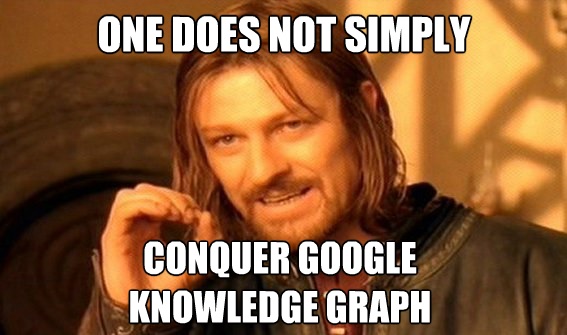Recently, Google released a guide for website owners who intend to include social media info to the Google Knowledge graph. At the end of it, the entities will be part of the search terms.
In the guideline, Google points that webmasters can now use their structured data on their public sites to specific the actual range of their social profiles. The profiles that you can include are;
- Google+
- YouTube
- MySpace
After marking the social profiles appropriately, Google Algorithms processes the data and will display the most important info in accordance with user’s search query. Note that all the marked social media profiles have to appear and correspond to what has been listed on the main page.
Here is an example of one of the top companies that appeared on the social graph.
Adding Structured markup for social media profiles to a website
To include social media profiles to the Google Knowledge graph is rather simple. You will need to include structured data to highlight each of the profiles on the website. To format structured data, it is prudent to follow the recommended schema.org vocabulary using either microdata markup or JSON-LD markups.
Here is a simple demonstration of JSON-LD template as an example of what to do.
{ “@context” : “http://schema.org”,
“@type” : “Organization”,
“name” : “Example LTD”,
“url” : “https://www.example.com/”,
“same As” : [ “http://www.facebook.com/Exampleinternet”,
“http://www.twitter.comExampleInternet”,
“http://plus.google.com/+Exampleinternet”]}
How to test structured markups for the respective social media profiles
On top of Google’s announcements that webmasters can add their social media profiles on Knowledge graphs, it has also released Structured Data Testing Tool. This is meant to assist webmasters reflect how Google interprets structured data on websites.
The tool comes with the following features and is used to assess the implementation of all structured data for marking up social media profiles.
- Validating all Google features that are powered using structured data.
- Supporting markups in JSON-LD syntax. Note that this includes those in the dynamic HTML pages.
- Smart display of various structured data items on every page.
- Syntax that highlights markup issues right on the HTML source codes.
What this means for marketers
For brands that are running social media content that is very helpful, displaying the profiles on SERPS will help to drive referral traffic. As social media start trending towards knowledge graphs and giving less focus to SERPs, they will turn into an irresistible goldmine that theoretically would be up for grabs. Though the phenomenon has worked either way for many brands, it is still early and, therefore, a lot of observations are required to draw conclusions.
For Google, it is more about cultivating trust. If you are not on social media, the brand comes out as less trustworthy compared to competitors. As digital marketers, it is important to answer these questions when implementing social media profiles on Google knowledge graphs.
- Are users able to navigate easily from social media profiles to various pages on the website?
- How do common paths from social channels to the website look like?
- How well does the social fit into the clients support goals, acquisition, conversions, and other initiatives?
- Do I generate useful content consistently and is it being shared?


